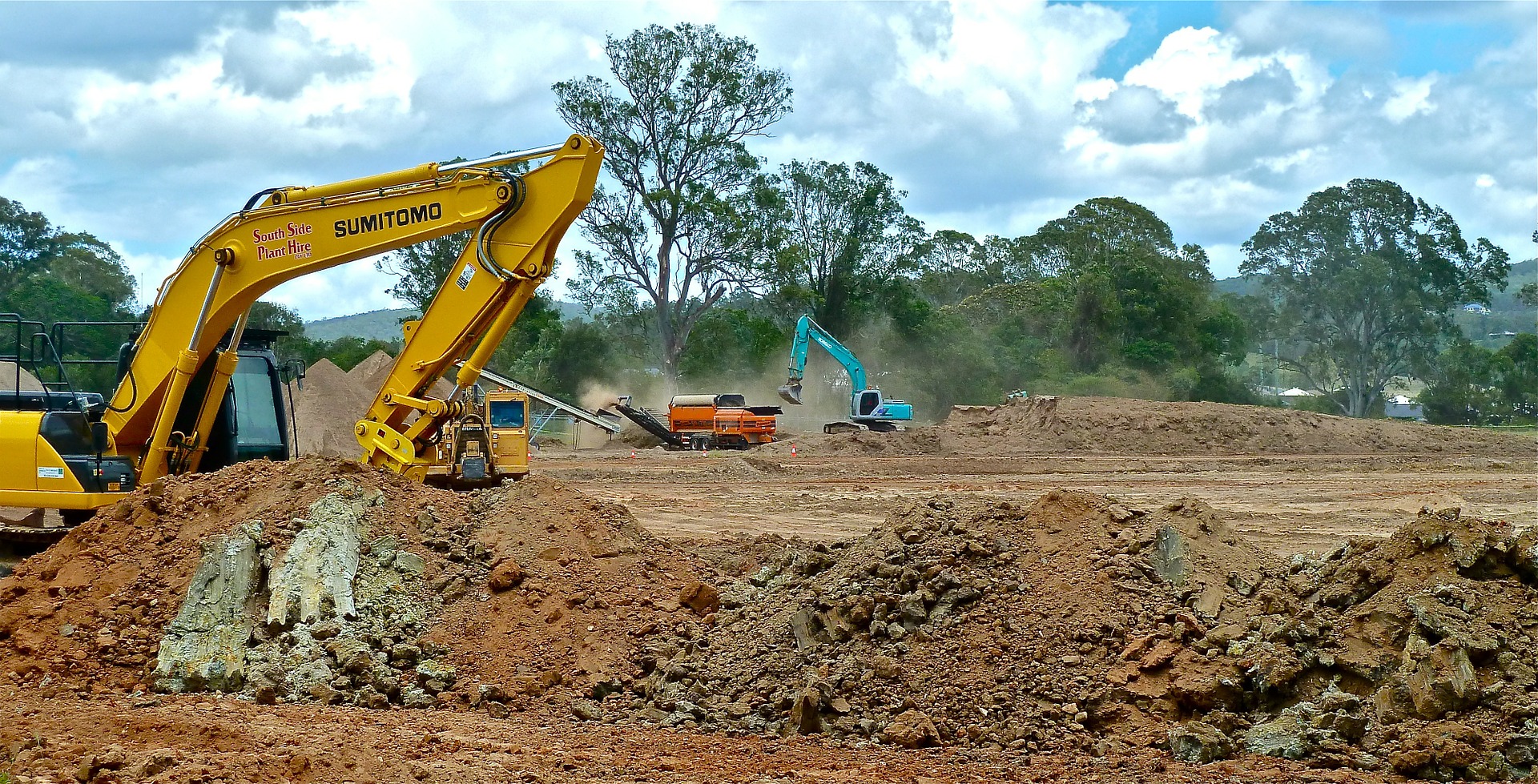By Darin Dinsmore.
Downtowns are back in demand. After decades of urban sprawl—and the long commutes, high infrastructure and housing costs, and loss of open spaces that accompany it—Californians are ready for something different. It’s fair to say that there is a growing consensus among the state’s civic leaders that vibrant, walkable communities will be a vital part of sustaining the economy and improving our quality of life.
The question is, how to pay for it?
While market demand for walkable urban places is climbing rapidly—prompting new interest in infill development—this demand has not been supported by reinvestment in the critical infrastructure that denser neighborhoods demand. Nor have communities had access to all the planning and financing tools they need to move ahead quickly with infill projects.
Until now, that is. With the governor’s signature last week on a package of legislation that will expand local governments’ infrastructure financing powers, civic leaders now have at their fingertips everything they need to begin making investments in projects from transit stations and housing to next-generation water facilities.
On the financing side, the new Enhanced Infrastructure Financing Districts may offer the most exciting possibilities. The California Economic Summit has been working over the last year to strengthen these powers, highlighting how they work and identifying the types of projects that could benefit from them. Mark Pisano, co-lead of the Summit Infrastructure Action Team and professor of the practice of public administration at the USC Sol Price School of Public Policy, recently said the new authority had the “potential to be one of [California’s] most significant innovations in public finance over the last decade.”
Now, it is time to spread the word—and show every community in California how they could benefit from this new authority. That’s why Crowdbrite, a longtime partner of the Summit with a strong track record of expanding civic engagement around public projects, has created a new interactive website for these enhanced districts: www.eifdistricts.com.
Designed for city leaders and residents alike, the site provides details on the new statute, summarizing what types of projects communities can finance with these new authorities and providing short videos with frequently asked questions about the new powers. (No, they’re not quite the same as redevelopment).
The site’s Infill Score tool also offers a survey that allows users to assess their own community’s infrastructure needs, to consider what types of projects could earn community support, and to think about how they might be able to deploy these new financing tools to revitalize their neighborhoods and support infill development. This infill-readiness assessment, which calculates a score based upon a community’s record of using 30 unique strategies for incentivizing infill development, builds on the work of the U.S. Environmental Protection Agency and was developed in partnership with the Local Government Commission and a group of city managers and national advisers.
While several major California cities are making plans to use their new EIFD authority (including Los Angeles, Sacramento, and San Jose), Crowdbrite’s new online tool is already beginning to increase awareness of its potential for infill development. Since the website was launched ten days ago, 11 California cities have already completed the survey. Internationally, nearly 1,500 cities have signed up, with 50 cities taking action on this first step to community revitalization.
Now, it’s your turn.
Take a moment to calculate your city’s Infill Score to gauge your community’s readiness for new infill development—and then use the online tool to establish priority projects and identify how to leverage public investment your community’s infrastructure projects require.
After that, it may be time to reach out to your city’s leaders—and to start reinvesting in your community and building a brighter future.
Darin Dinsmore is the CEO of Crowdbrite. An urban planner and landscape architect with over 15 years experience in community-based planning and design, Dinsmore is also a member of the Summit Infrastructure Action Team.
Originally posted at CA Economy.





